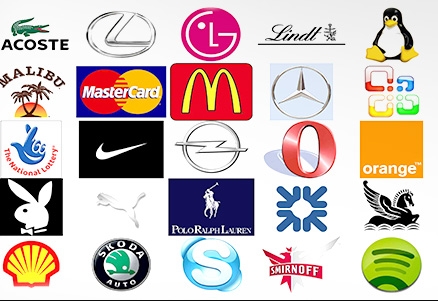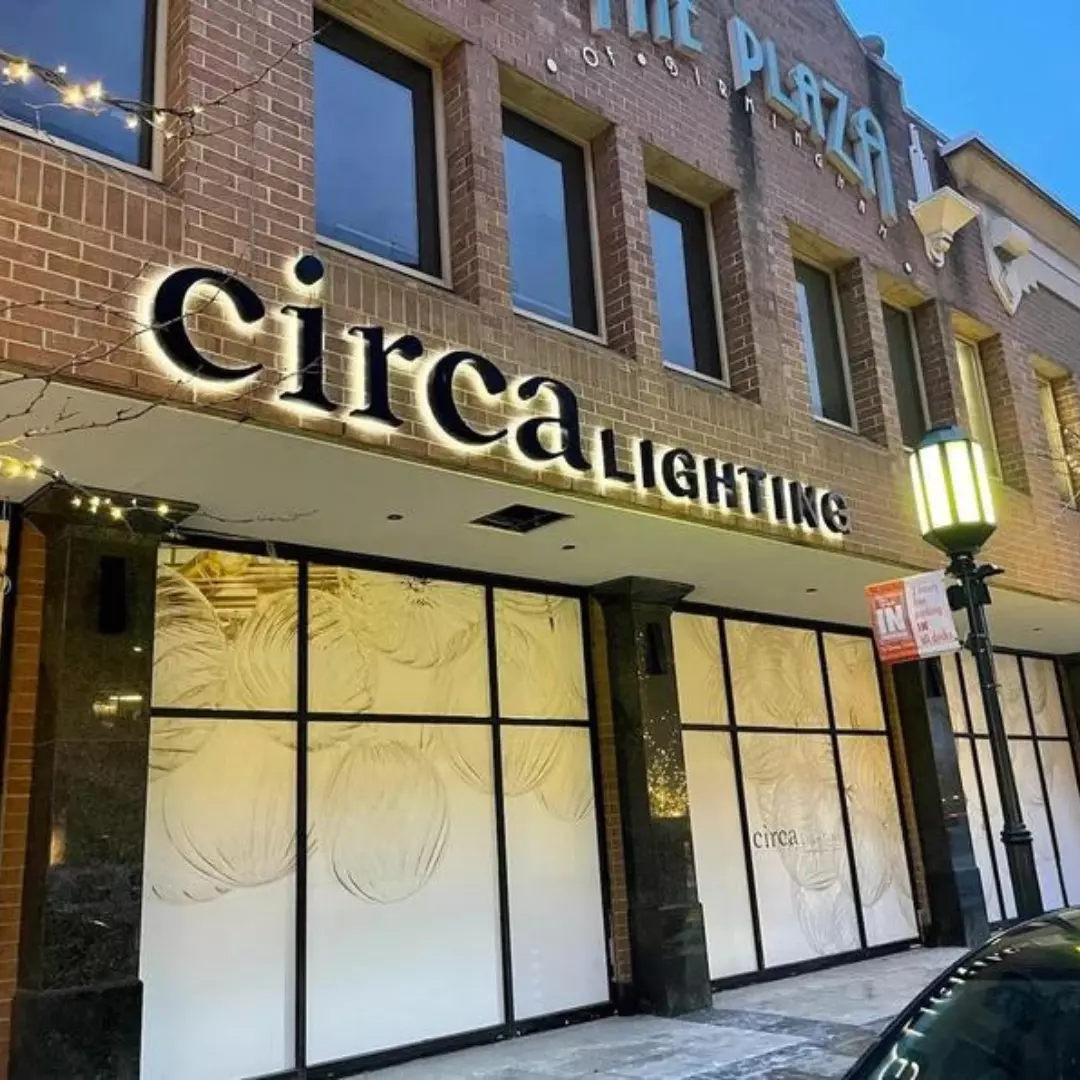The world of storefront signage is as diverse as the businesses it represents. From the charming mom-and-pop shop seeking a sign that reflects its local roots to the national chain ensuring its brand is consistently recognized across states, the needs of each enterprise are unique. A storefront sign is more than just a marker of presence; it’s a silent ambassador, communicating the essence of a brand to the community it serves. In this article, we delve into the nuances of storefront sign requirements for different types of customers and explore the fundamental elements that contribute to designing an effective storefront sign.
Storefront Sign Needs for Different Types of Customers
Different businesses have distinct requirements when it comes to signage. Understanding these needs is essential for creating a sign that not only meets regulatory requirements but also effectively communicates the brand to the target audience.
Mom-and-Pop Stores
For small, independent businesses, the focus is often on cost-effective solutions that still deliver a strong local appeal. Signs for mom-and-pop stores should be designed with affordability in mind, while also incorporating elements that resonate with the local community. Using local themes, colors, and fonts that reflect the neighborhood’s character can help these businesses connect with their customer base.
Multiple Locations
Businesses with multiple locations face the challenge of maintaining consistent branding across all their signs. This consistency is key to brand recognition and includes not only the logo and colors but also the style, size, and finish of the signs. It’s important to work with a sign company that can replicate the design accurately across different locations while also adapting to local regulations and conditions.
National Stores
National chains must balance brand consistency with the diverse regulations of different regions or states. This may require a degree of customization in sign design to meet specific local codes while still presenting a unified brand image. Working with a sign company that has national coverage can help navigate these complexities and ensure compliance.
Property Management Companies
These companies manage a variety of properties, each with its own set of signage needs. For example, apartment complexes might benefit from monument signs for wayfinding, while commercial properties might require a mix of blade signs and window graphics. The key is to create a cohesive signage strategy that complements the architecture and enhances the property’s appeal.
Out-of-State Sign Companies
When working in a new region, it’s important to understand the local preferences and trends. Collaborating with local sign companies can provide insights into regional aesthetics and regulatory requirements. This partnership can help ensure that the signs designed are not only effective but also appropriate for the local context.
Designing Effective Storefront Signs
The design of a storefront sign is paramount to its effectiveness in attracting and engaging customers. Here’s a deeper look at the key elements of sign design:
Color
Colors play a significant role in sign design as they can evoke emotions and create a certain mood. Using the brand’s colors can help reinforce brand recognition. It’s important to consider the psychology of colors and how they can influence perceptions and feelings about the business.
Typography
The choice of font in a sign is crucial for readability and branding. The font should be legible from a distance and reflect the brand’s personality. Whether it’s a bold, modern typeface or a classic, serif font, the typography should align with the brand’s messaging and appeal to the target audience.
Logos and Graphics
The logo and any accompanying graphics should be clear and visible, even from a distance. They should reinforce the brand identity and be easily recognizable. The design should be balanced so that the logo and graphics complement each other without competing for attention.
Size and Placement
The size of the sign should be proportionate to the building and large enough to be seen from the road or street but not so large that it overwhelms the storefront. The placement of the sign is also critical. It should be positioned to maximize visibility while considering any potential obstructions or sightlines.
Conclusion
A well-crafted storefront sign is integral to a business’s identity and outreach. It’s not just about being seen; it’s about being recognized, remembered, and approached. This article has journeyed through the diverse needs of various business types, from the budget-conscious independent store to the expansive national chain, emphasizing the importance of tailored signage solutions. We’ve explored the art of sign design, from the strategic use of color and typography to the impactful presentation of logos and graphics, and the strategic considerations of size and placement. The goal of any storefront sign is to serve as a beacon for customers and a testament to the brand it represents. By understanding and applying the principles outlined in this article, businesses can ensure their signage stands as a proud and effective representative of their identity, attracting and engaging customers in every interaction.
FAQ for Storefront Signage Customization and Design
Q: How can mom-and-pop stores choose signage that reflects both cost-effectiveness and local appeal?
A: Opt for signs that incorporate local themes, use affordable materials, and reflect the neighborhood’s character. Working with a sign company that offers budget-friendly options can also help.
Q: What are the key considerations for businesses with multiple locations to maintain consistent branding?
A: Consistency in logo, colors, fonts, and sign styles across all locations is crucial. Ensuring that the sign company can replicate the design accurately while adapting to local regulations is also important.
Q: How can national stores adapt their signage to comply with diverse regional regulations while keeping a unified brand image?
A: Work with a sign company that has experience in various regions to understand local codes and create signs that meet these requirements without compromising the brand’s visual identity.
Q: What types of signs should property management companies consider for different types of properties?
A: Property management companies should consider monument signs for apartment complexes, a mix of blade signs and window graphics for commercial properties, and ensure the signage strategy is cohesive and complements the architecture.
Q: How can out-of-state sign companies better understand regional preferences and regulatory requirements?
A: Collaborating with local sign companies and conducting research on local aesthetics and regulations can provide valuable insights and ensure the designed signs are effective and appropriate.
Q: How does color choice in signage impact a business’s branding and customer perception?
A: Color choice can evoke emotions and set a mood. It’s important to use colors that align with the brand’s identity and psychology to influence perceptions positively.
Q: What factors should be considered when selecting typography for a storefront sign?
A: The chosen font should be legible from a distance, reflect the brand’s personality, and appeal to the target audience. It should also complement the logo and other design elements.
Q: How important is the clarity and visibility of logos and graphics in a storefront sign?
A: Logos and graphics should be clear and visible from a distance to reinforce brand identity. A well-balanced design ensures that these elements do not compete for attention but complement each other.
Q: What determines the appropriate size and placement of a storefront sign?
A: The sign should be large enough to be seen from the road or street without overwhelming the storefront. Placement should maximize visibility, considering potential obstructions or sightlines.
Q: How can businesses ensure their storefront sign design is effective in attracting and engaging customers?
A: By considering the brand’s identity, the target audience, and the overall aesthetic of the location. A well-designed sign should communicate the business’s message clearly and be visually appealing.
Q: Are there any sustainability considerations when choosing materials and照明 for storefront signs?
A: Yes, choosing energy-efficient lighting like LEDs and sustainable materials can reduce the environmental impact. Additionally, opting for durable materials can extend the sign’s lifespan, reducing waste.
Q: How often should a business review and update its storefront sign design?
A: While storefront signs are long-term investments, it’s a good practice to periodically review and update the design every 5-10 years or in response to significant brand developments.
Q: What is the role of a professional sign company in designing and implementing effective storefront signs?
A: A professional sign company provides expertise in design, material selection, regulatory compliance, and installation. They can also offer maintenance and repair services to keep the sign in optimal condition.
Q: Can a poorly designed sign negatively impact a business, and if so, how?
A: Yes, a poorly designed sign can create a negative impression, reduce brand credibility, and fail to attract customers. It’s important to invest in a well-designed sign that accurately represents the business.




Leave A Comment